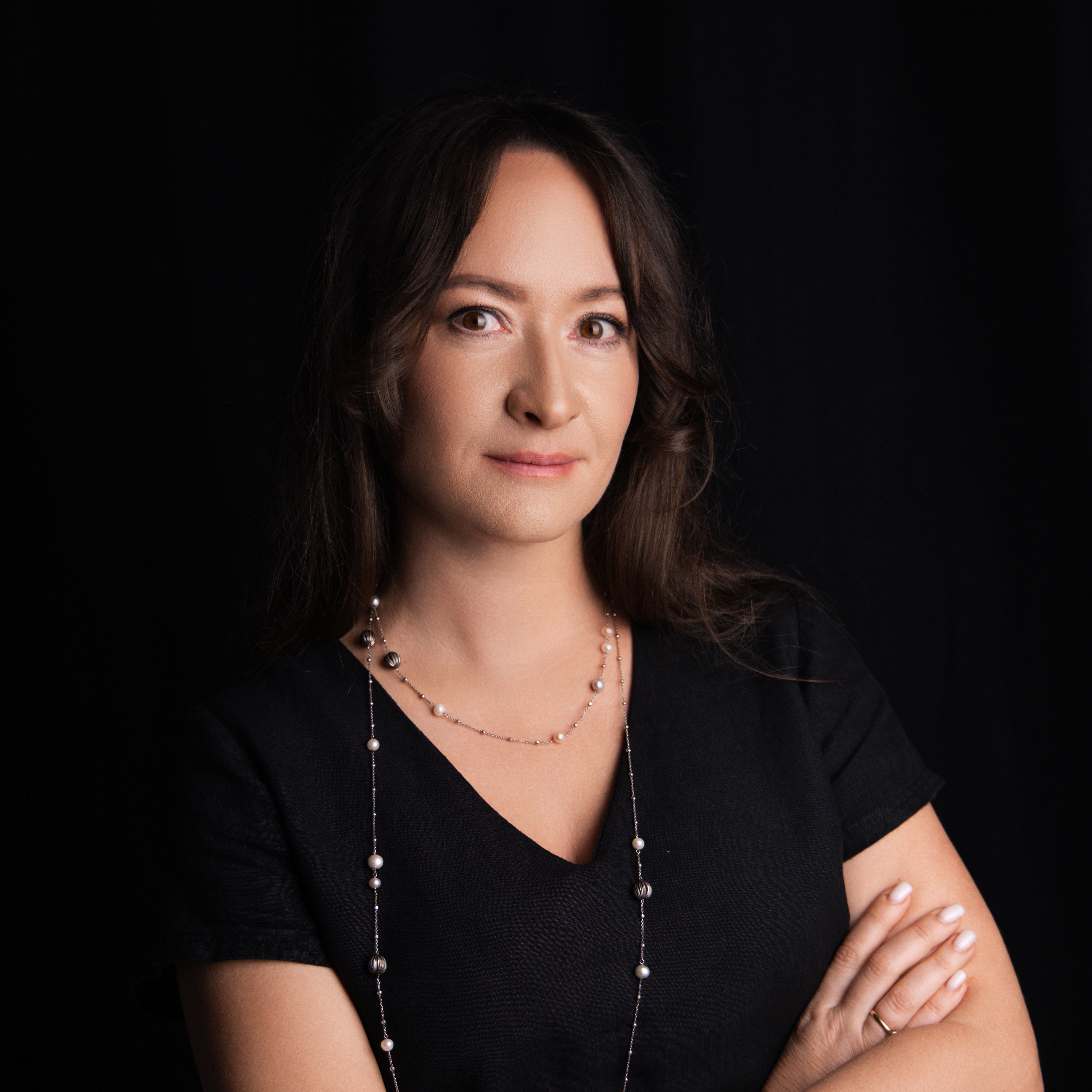115 reads
How to Get Started With Effective Ad Automation
by
December 15th, 2023
Audio Presented by

I’m Maria, a Digital Marketing Professional with over 9 years of experience across European, US, and Global markets.
About Author
I’m Maria, a Digital Marketing Professional with over 9 years of experience across European, US, and Global markets.